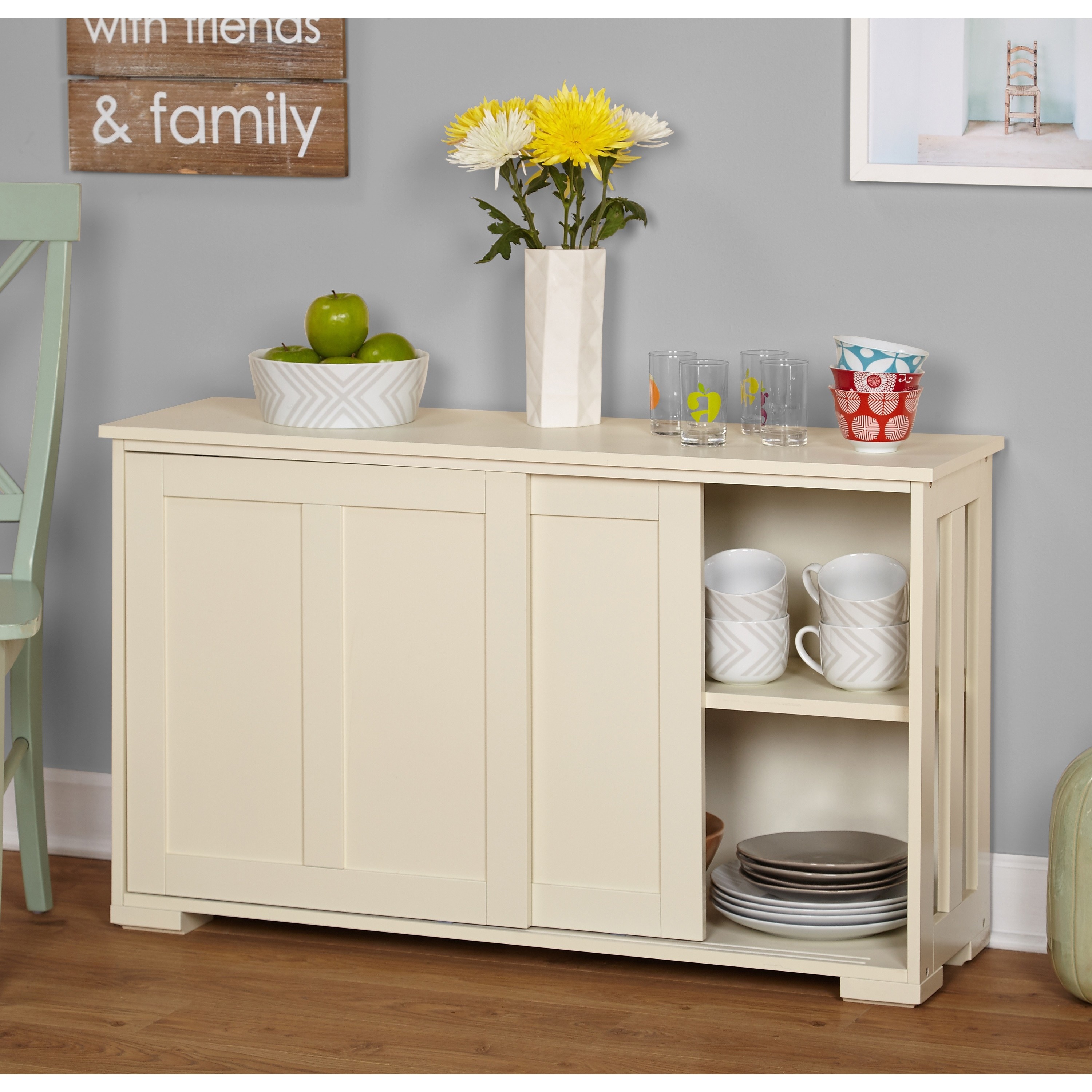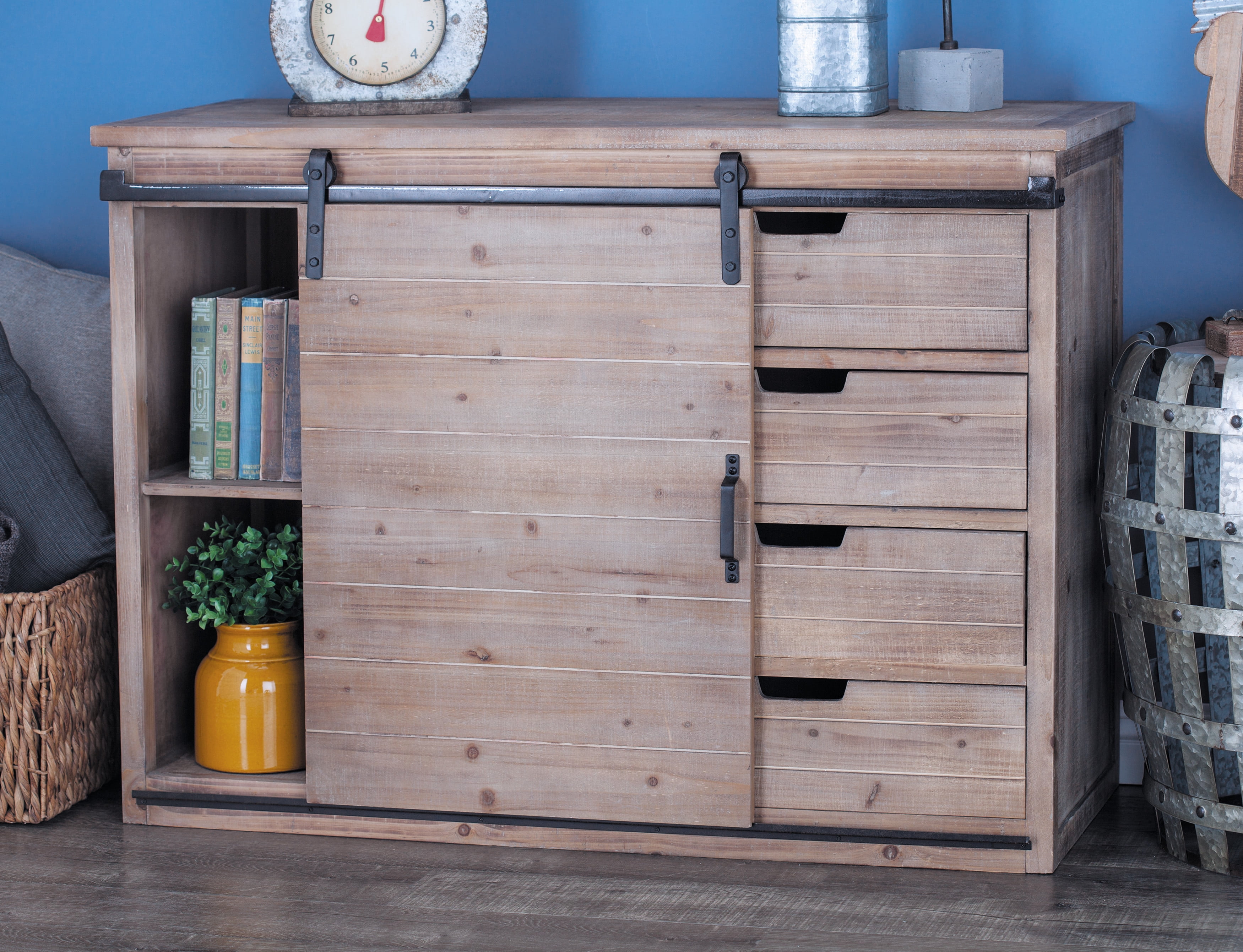Understanding Small Sliding Door Cabinets

Small sliding door cabinets are a versatile and practical storage solution for a wide range of spaces. They offer numerous advantages, particularly in smaller areas where space is limited.
Functionality and Advantages
Small sliding door cabinets provide a convenient and efficient way to store and organize belongings while maximizing space. The sliding doors eliminate the need for swinging doors, which can take up valuable space, especially in tight corners or narrow hallways.
Common Applications
Small sliding door cabinets are highly adaptable and can be used in various areas of the home and office.
- Kitchens: Small sliding door cabinets can be used to store dishes, cookware, utensils, and other kitchen essentials. They can be installed under countertops, along walls, or even as pantry units.
- Bathrooms: These cabinets are ideal for storing toiletries, towels, medications, and other bathroom necessities. They can be placed under sinks, in shower enclosures, or along walls.
- Bedrooms: Small sliding door cabinets can be used as nightstands, dressers, or wardrobe units. They can help to organize clothes, shoes, accessories, and other personal items.
- Offices: These cabinets are useful for storing office supplies, documents, electronics, and other work-related items. They can be placed in home offices, cubicles, or shared workspaces.
Space-Saving Benefits, Small sliding door cabinet
Small sliding door cabinets offer significant space-saving advantages compared to traditional cabinets with hinged doors.
- Elimination of Swinging Doors: Sliding doors move horizontally, eliminating the need for swinging doors that require clearance space. This is particularly beneficial in tight spaces, as it allows for more efficient use of the available area.
- Maximizing Storage Space: The absence of swinging doors allows for greater storage capacity within the cabinet. The interior space is fully utilized, as there is no wasted space for door movement.
- Flexibility and Accessibility: Sliding doors provide easy access to stored items, even in tight corners or narrow spaces. The smooth gliding motion makes it convenient to retrieve and store items without obstructions.
Materials Used
Small sliding door cabinets are available in a variety of materials, each offering unique characteristics and benefits.
- Wood: Wood cabinets are durable, classic, and aesthetically pleasing. They offer a natural warmth and can be stained or painted to match any decor.
- Metal: Metal cabinets are robust, resistant to moisture, and easy to clean. They are often used in kitchens and bathrooms due to their durability and resistance to stains.
- Glass: Glass cabinets offer a sleek and modern look. They allow for visibility of stored items, making it easy to find what you need.
- Plastic: Plastic cabinets are lightweight, affordable, and often come in a variety of colors and styles. They are suitable for storing non-delicate items and are easy to maintain.
Design Considerations for Small Sliding Door Cabinets

Small sliding door cabinets offer efficient storage solutions, especially in spaces where traditional hinged doors might be impractical. Designing these cabinets involves careful consideration of various factors to ensure they are functional, aesthetically pleasing, and meet your specific needs.
Design Considerations for Small Sliding Door Cabinets
The following table Artikels key design considerations for small sliding door cabinets:
| Feature | Considerations |
|---|---|
| Size and Dimensions | Determine the available space, the storage needs, and the desired length of the door track. Consider the cabinet’s depth, height, and width to ensure it fits comfortably in the chosen location and provides adequate storage capacity. |
| Material | Choose a material that balances durability, aesthetics, and budget. Popular options include wood, metal, and plastic. Wood offers a classic look and durability, while metal provides a modern aesthetic and can be lightweight. Plastic is often the most affordable option but may not be as durable as wood or metal. |
| Door Design | Consider the style, functionality, and ease of use of the doors. Options include single or double doors, mirrored doors, and doors with decorative elements. Choose a design that complements the overall aesthetic of the room and offers smooth operation. |
| Hardware | Select high-quality handles, a robust track system, and durable rollers for smooth and reliable operation. Consider the aesthetics of the hardware and ensure it complements the overall design of the cabinet. |
| Color and Finish | Choose a color and finish that matches the existing decor or reflects personal preference. Consider the impact of different colors on the overall ambiance of the room. |
Designing a Small Sliding Door Cabinet for a Specific Space
Imagine designing a small sliding door cabinet for a narrow hallway in a contemporary apartment. Here’s how the design process might unfold:
* Measuring the Space: Accurately measure the available space, taking into account the wall thickness and any existing fixtures. This ensures the cabinet fits perfectly without obstructing the hallway.
* Determining Storage Needs: Consider the items to be stored in the cabinet, such as shoes, coats, or other belongings. This helps determine the required depth and shelf configuration.
* Choosing Materials: Opt for a lightweight yet durable material like aluminum for the frame and doors, providing a modern aesthetic that complements the apartment’s contemporary style.
* Designing the Doors: Choose sleek, minimalist sliding doors with a brushed aluminum finish to maintain the contemporary feel.
* Selecting Hardware: Opt for high-quality, concealed track systems for smooth operation and a streamlined look.
* Finalizing the Color and Finish: Select a neutral color like white or light gray to blend seamlessly with the hallway’s décor.
Steps Involved in Designing a Custom Small Sliding Door Cabinet
The process of designing a custom small sliding door cabinet typically involves the following steps:
* Consultation: Discuss your specific needs, preferences, and budget with a cabinet maker or designer.
* Measurements: Provide accurate measurements of the space where the cabinet will be installed.
* Design Development: Work with the designer to create a detailed design that meets your requirements.
* Material Selection: Choose the materials for the cabinet frame, doors, and shelves based on durability, aesthetics, and budget.
* Hardware Selection: Select the handles, track system, and rollers that best suit your needs.
* Color and Finish Selection: Determine the color and finish that complements your décor.
* Production: The cabinet maker will fabricate the cabinet according to the agreed-upon design and specifications.
* Installation: The cabinet will be installed in the designated location.
Small sliding door cabinets offer a space-saving solution for compact areas, providing efficient storage without compromising on style. When considering low storage options, you might also explore low cabinets with doors , which can be particularly useful for showcasing items or providing easy access.
Ultimately, the ideal cabinet depends on your specific needs and the available space, and small sliding door cabinets remain a practical choice for maximizing storage in tight spaces.
Small sliding door cabinets offer a space-saving solution for various rooms, from kitchens to closets. These cabinets can be customized in numerous ways, including the choice of materials and hardware. For a touch of elegance and sophistication, consider wood cabinets with gold hardware.
This combination creates a timeless aesthetic that complements a variety of interior styles, making small sliding door cabinets an attractive and practical choice for any home.
